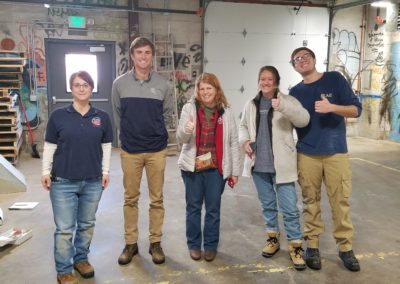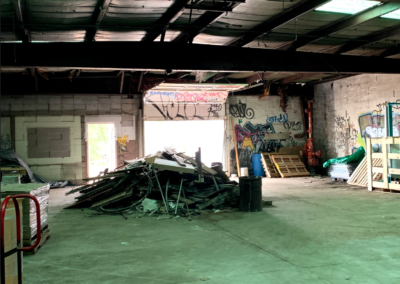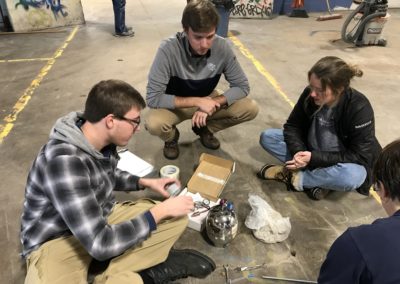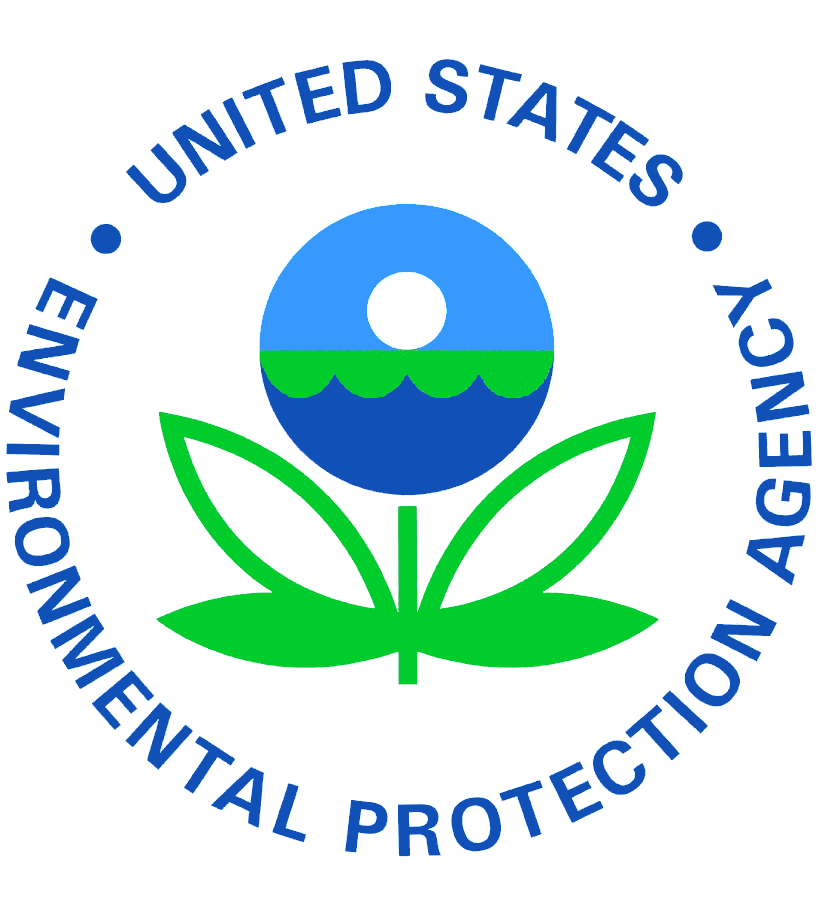Twins Inn Superfund Site Remediation
Overview
Chemical contamination in our country’s water supply is a widespread problem that can cause negative effects on people’s health. In 1980, the U.S. established the Superfund Act in order to provide funds for the clean-up of these contaminated sites.
The U.S. Environmental Protection Agency (EPA) has tasked our team with analyzing a Superfund site for the current level of contamination and providing options for remediation if the chemical levels are above acceptable levels provided by the EPA. The Superfund site that our team has analyzed is the Twins Inn Superfund Site in Arvada, Colorado. The site is known to have chlorinated solvent contamination in the past, and our team focused on possible indoor air contamination.
Our team was in charge of creating a Sampling Plan, a Quality Assurance Plan, and a Crosswalk to be able to go to the site and take samples. Once the samples were taken, they were shipped to a testing facility. The team received the data from the samples and decided on what should be done next at the site.
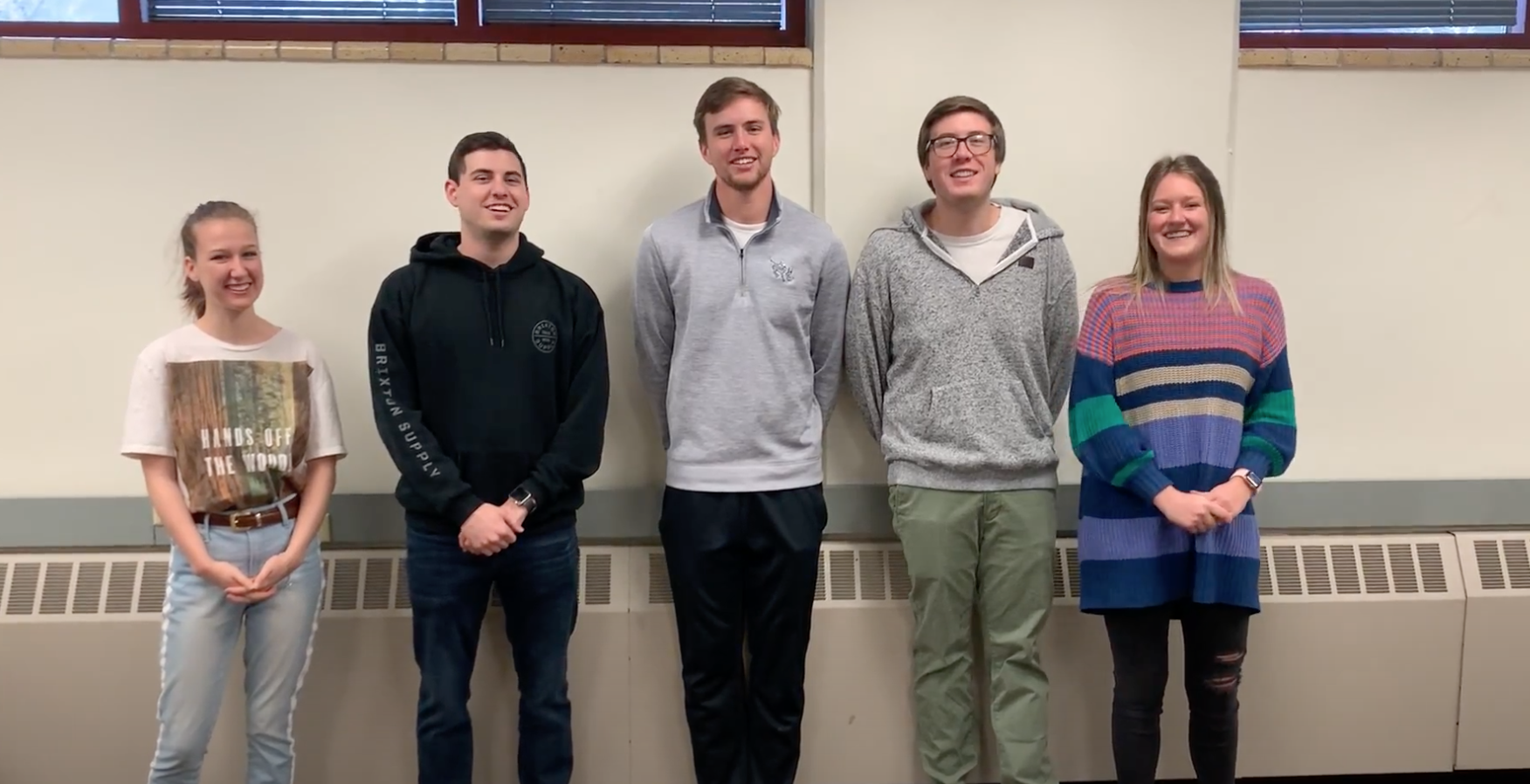
Team Members
- Nick Angieri
- Nic Beno
- Olivia Hayden
- Taylor Kuechle
- Jacob Limpus
The Client
- Environmental Protection Agency (EPA)
Acknowledgements
Project Advisor: Lisa Woodward
EPA Contact: Erna Waterman
Additional thanks to Alex Hedgepath, Michelle Kerr, Artie Wickham and Ray Ledbetter who provided us with exceptional resources and continued support throughout the project.
Elevator Pitch
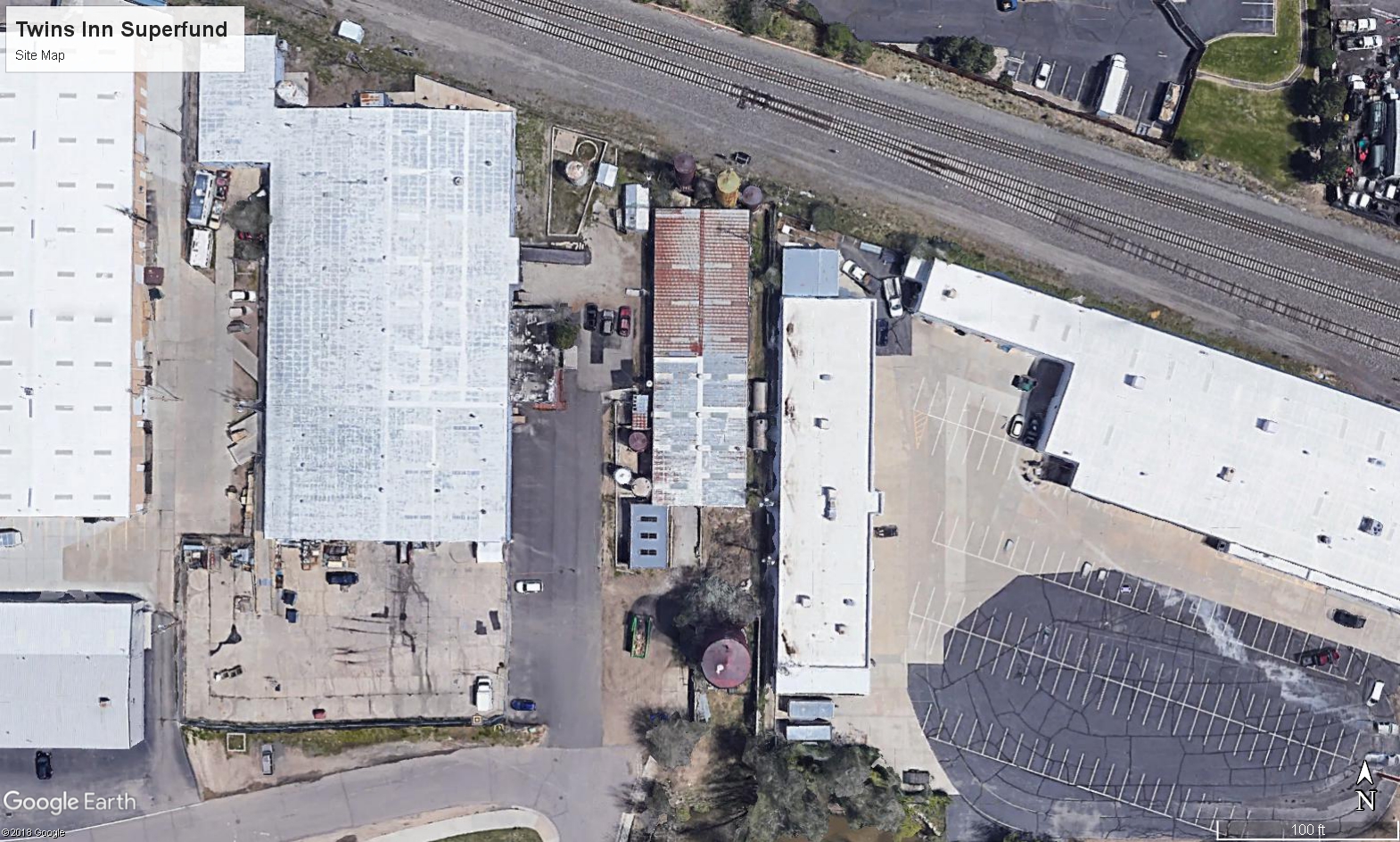 Our Team’s focus was to determine if the building on-site, located over a portion of the groundwater contaminant plume, was negatively impacted by the plume. The team built a Sampling and Analysis Plan (SAP), a Quality Assurance Project Plan (QAPP), and a Crosswalk as required to meet EPA’s requirements for legally defensible data. The team decided to use a canister sampling method due to recommendations received. The property owner of the site wanted the team to take sample the week of February 20th, 2020 and as a resultl the team did not have sufficient time to complete the final drafts of the SAP, QAP, and crosswalk documents which were needed for signature approval. Consequently, the team followed the Jacob’s SAP/QAPP/Crosswalk for the sampling event, which had been approved by the EPA prior to the sampling date. Once samples were taken, they were shipped to EPA’s lab in Chicago under the direction of Michelle Kerr, an air sampling specialist and mentor to the team. The team took six samples at five different locations. The samples included one outdoor air, two sub-slabs (with one duplicate), and two indoor air tests. Michelle Kerr analyzed the samples at a testing facility and sent the results to the team. The data showed concentrations of TCE and PCE which exeeded required health limits. The sampling results are being used by the property owner to request that DOW Chemical remove the above ground tanks on the property, enhance the concrete cap on portions of the site, and to reimburse him for the sub-slab indoor air venting system that had been installed after the team sampled. The owner is also requesting that another indoor air sampling event be provided to verify that the system meets the required health mitigation levels. Mitigating this contamination is essential to improving working conditions inside the building.
Our Team’s focus was to determine if the building on-site, located over a portion of the groundwater contaminant plume, was negatively impacted by the plume. The team built a Sampling and Analysis Plan (SAP), a Quality Assurance Project Plan (QAPP), and a Crosswalk as required to meet EPA’s requirements for legally defensible data. The team decided to use a canister sampling method due to recommendations received. The property owner of the site wanted the team to take sample the week of February 20th, 2020 and as a resultl the team did not have sufficient time to complete the final drafts of the SAP, QAP, and crosswalk documents which were needed for signature approval. Consequently, the team followed the Jacob’s SAP/QAPP/Crosswalk for the sampling event, which had been approved by the EPA prior to the sampling date. Once samples were taken, they were shipped to EPA’s lab in Chicago under the direction of Michelle Kerr, an air sampling specialist and mentor to the team. The team took six samples at five different locations. The samples included one outdoor air, two sub-slabs (with one duplicate), and two indoor air tests. Michelle Kerr analyzed the samples at a testing facility and sent the results to the team. The data showed concentrations of TCE and PCE which exeeded required health limits. The sampling results are being used by the property owner to request that DOW Chemical remove the above ground tanks on the property, enhance the concrete cap on portions of the site, and to reimburse him for the sub-slab indoor air venting system that had been installed after the team sampled. The owner is also requesting that another indoor air sampling event be provided to verify that the system meets the required health mitigation levels. Mitigating this contamination is essential to improving working conditions inside the building.
Design Approach
The primary item that the team had to design for was the sampling method that would be used to sample the possible contaminated vapor within the building. From initial research, the team identified three methods used in the environmental field for the sampling and testing of VOCs on Site. One method identified was the use of photoionization detectors. Photoionization detectors are handheld sampling devices that are most commonly used to analyze air contaminated with VOCs and other gases. These devices are very inexpensive and require little knowledge for proper usage. The price of a photoionization detector can range anywhere from $350 to over $3,600. This fluctuation can be described by differing extents to which these devices are able to sample too. Expensive photoionization detectors can return results down to sub-parts per billion, whereas inexpensive detectors can usually only detect down to 10 parts per million. These devices are beneficial to environmental consultants for establishing instantaneous background VOC contamination but are less in-depth than many other methods. These devices are hindered by their ability to accurately analyze the concentration of differing VOCs, and normally only provide a total VOC reading.
The next sampling method explored by the team was the use of sorbent tubes/bags for the collection of contaminated air on-site. Sorbent tubes/bags are made of materials that effectively capture air contaminated with VOCs or other gaseous compounds. The captured contaminated air is then run through a gas chromatograph, which returns concentrations of differing VOCs. In a traditional environmental consulting application, these sorbent tubes/bags are shipped to a laboratory for third party data acquisition. Based on the availability of analytical resources, these samples may be analyzed with a gas chromatograph at a private laboratory. The most common type of sorbent tube/bag for this method is the Tedlar bag. Tedlar is used due to its inability to absorb organic compounds, making it an effective barrier for VOCs from leaking during sample shipment. The collected sample is analyzed, and results can detect concentrations as low as 35 parts per trillion. This method returns results that are more specific to the different compounds contaminating a Site than the use of a photoionization detector. The use of sorbent tubes/bags is far more expensive, due to the required purchase of the sorbent tube/bag and associated equipment, the shipping cost, and the analysis cost. Recently, this method has been found to be less effective than previously considered, as scientific papers have been released claiming VOC losses are prevalent with the use of Tedlar bags.
The last method identified by the team during the concept solution period was the use of canisters for the collection of VOC contaminated air. A canister is a stainless steel air canister that uses a flow controlled valve to draw air into the nozzle. The canister is first pumped to a negative pressure at near-vacuum conditions to ensure no air is held within the canister before sampling begins. A flow control valve is then attached to the nozzle, and the airflow is adjusted to the proper level dependent on sampling time. The canister then collects the air sample until the pressure reaches atmospheric pressure. The canister is then sent to a gas chromatograph for sub-parts per billion VOC analysis. This method is the most widely used VOC air collection method in the environmental field. The EPA method for the use of canisters is a standardized method for the sampling of VOCs. This method is highly effective at providing accurate analysis of air VOC contamination, but similar to the Sorbent tubes/bags, this method is expensive and time-consuming. Another advantage of canisters is the large sample hold time of roughly 30 days, allowing a sampler to have plenty of time to ship samples to a laboratory.
Each method was analyzed with an ENVISION checklist to critically assess the sustainability and equity of the proposed design solutions.
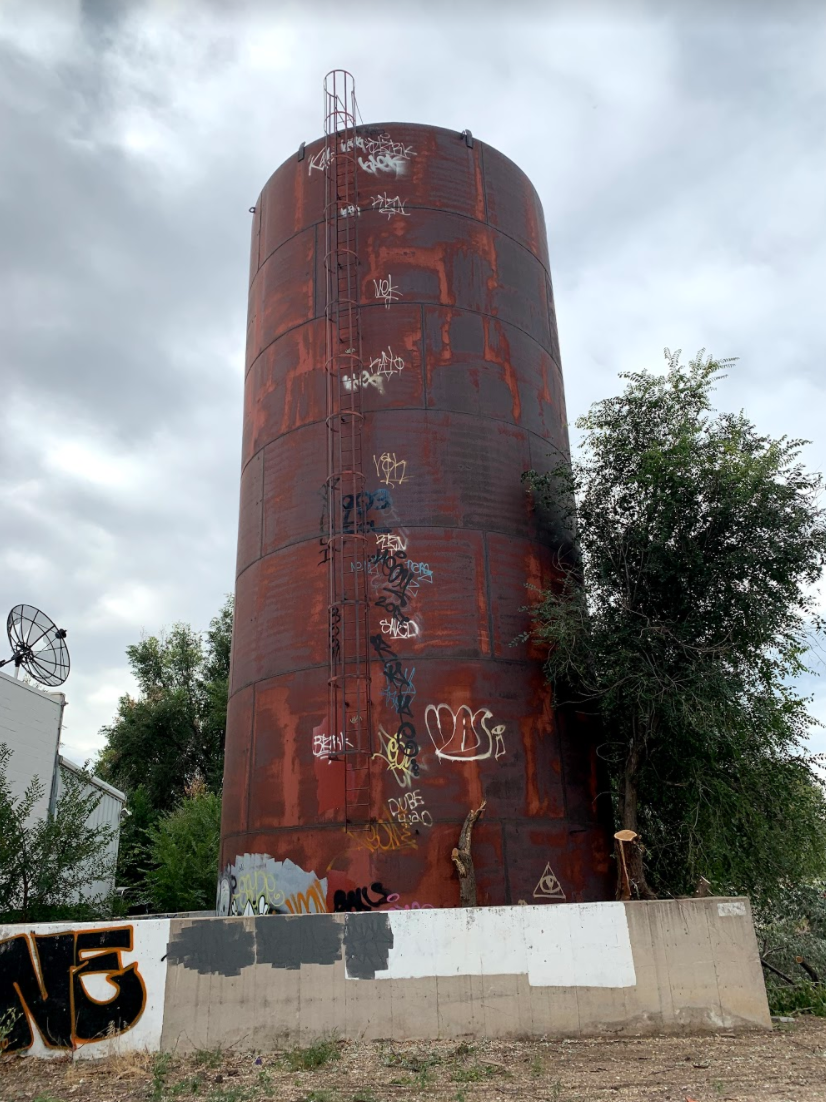
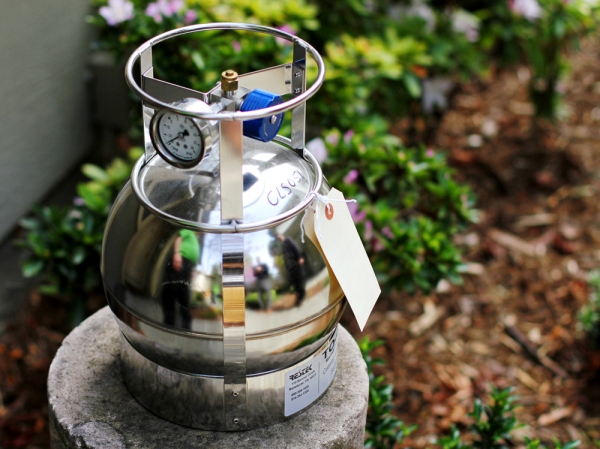
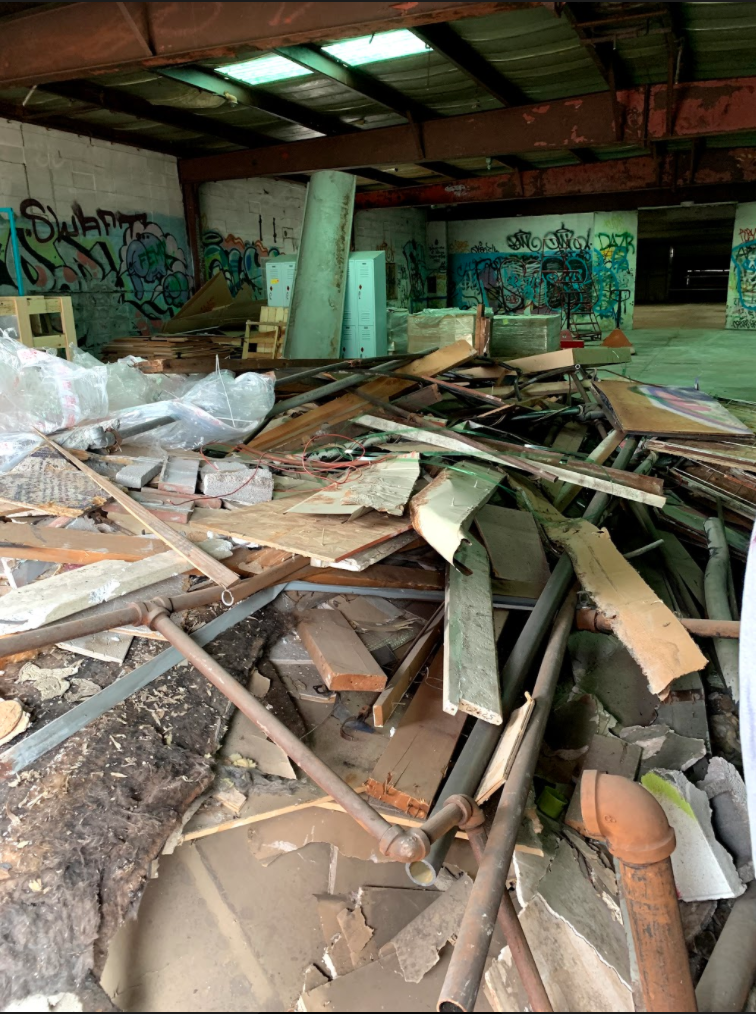
Design Solution
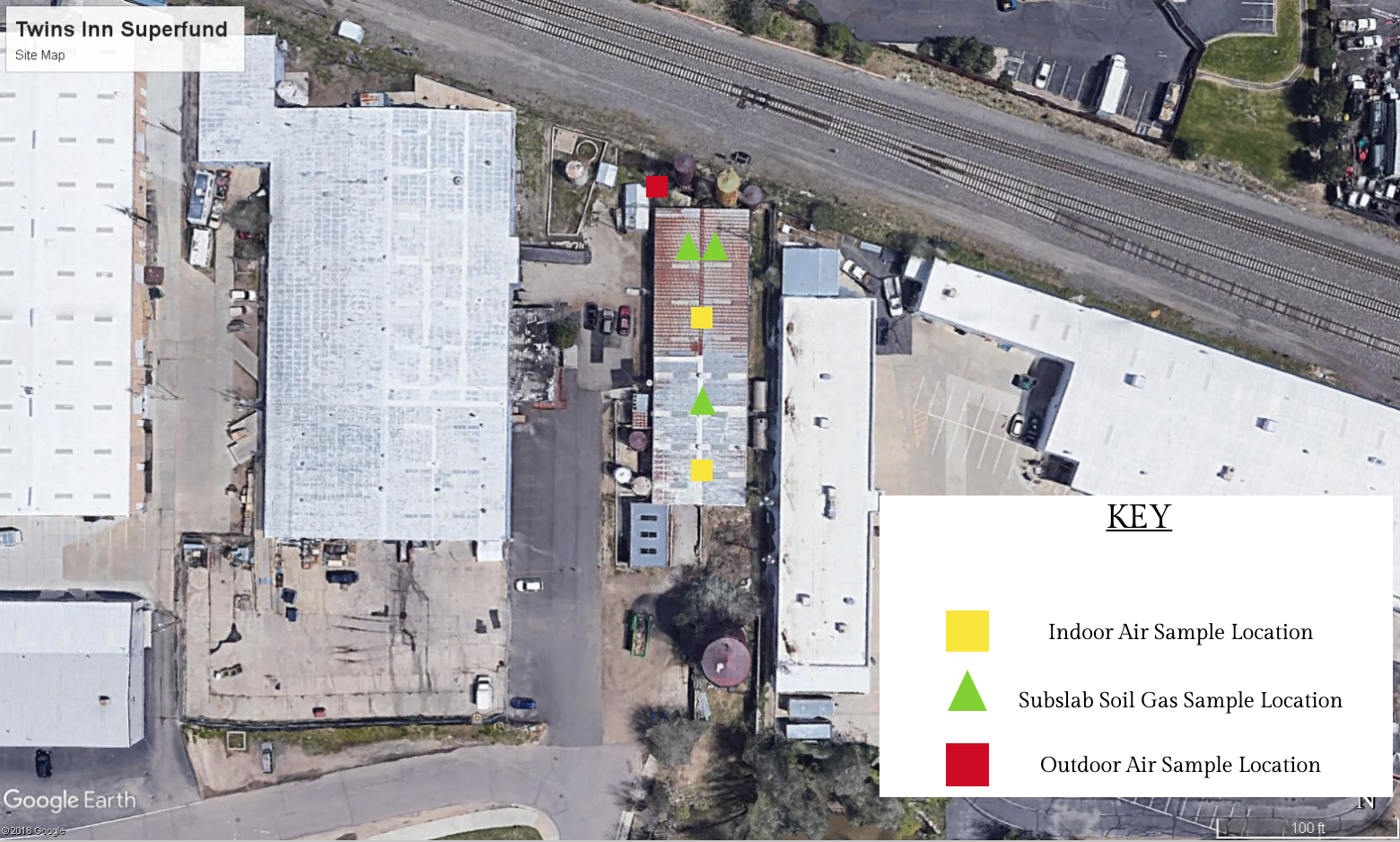 Based on the completedENVISION Checklist and careful consideration, the team selected the use of canisters for VOC detection as the best option for the design challenge. The canister method was chosen over the other detection methods due to performance and cost. The stainless steel canisters provide superior inertness and extended storage sample times. The degree of chemical inertness is crucial in minimizing the reactions with the sample and maximizing the recovery of target compounds from the sample. Unlike the other methods considered, canisters are certified at the parts per billion by volume level and can detect some compounds at the parts per trillion per volume level. This was a major factor in the decision to use canisters for sampling. When using inexpensive photoionization detectors, the detection limits are not expansive enough to accurately detect the VOCs. Even though some of these devices are capable of reaching the required detection limits, they are too expensive for the budget. The sorbent tubes/bag method for detection was also too expensive for this project’s budget, and the leakage from the bag is a major concern. Because of this, sorbent tubes and bags will not be used as a detection device. After a meeting with EPA sampling representatives, canister sampling was recommended as the best system for this Site. After a meeting with the EPA, Jacobs and DOW Chemical, Jacobs outlined their sampling experience with the Site. They also decided to use the canister sampling method for this Site, following EPA methodology.
Based on the completedENVISION Checklist and careful consideration, the team selected the use of canisters for VOC detection as the best option for the design challenge. The canister method was chosen over the other detection methods due to performance and cost. The stainless steel canisters provide superior inertness and extended storage sample times. The degree of chemical inertness is crucial in minimizing the reactions with the sample and maximizing the recovery of target compounds from the sample. Unlike the other methods considered, canisters are certified at the parts per billion by volume level and can detect some compounds at the parts per trillion per volume level. This was a major factor in the decision to use canisters for sampling. When using inexpensive photoionization detectors, the detection limits are not expansive enough to accurately detect the VOCs. Even though some of these devices are capable of reaching the required detection limits, they are too expensive for the budget. The sorbent tubes/bag method for detection was also too expensive for this project’s budget, and the leakage from the bag is a major concern. Because of this, sorbent tubes and bags will not be used as a detection device. After a meeting with EPA sampling representatives, canister sampling was recommended as the best system for this Site. After a meeting with the EPA, Jacobs and DOW Chemical, Jacobs outlined their sampling experience with the Site. They also decided to use the canister sampling method for this Site, following EPA methodology.
The team, under the guidance of Michelle Kerr, completed samples on-site on February 20th, 2020. The team took six samples at five different locations. The locations are one outdoor air, two sub-slabs samples (with one duplicate), and two indoor air samples. Michelle Kerr analyzed the samples at a testing facility and sent the draft results to the team. The data showed that the concentrations of TCE and PCE were much higher than acceptable limits. Due to this, there will need to be remediation on the site to lower the contamination levels below acceptable limits.
This project will have broader impacts outside of the senior design class. The team’s sampling results have been used to provide proof of additional sampling and contamination mitigation on the site. Mitigating this contamination will positively impact the aquifer that is affected by the contamination and improve working conditions inside the building.
Next Steps
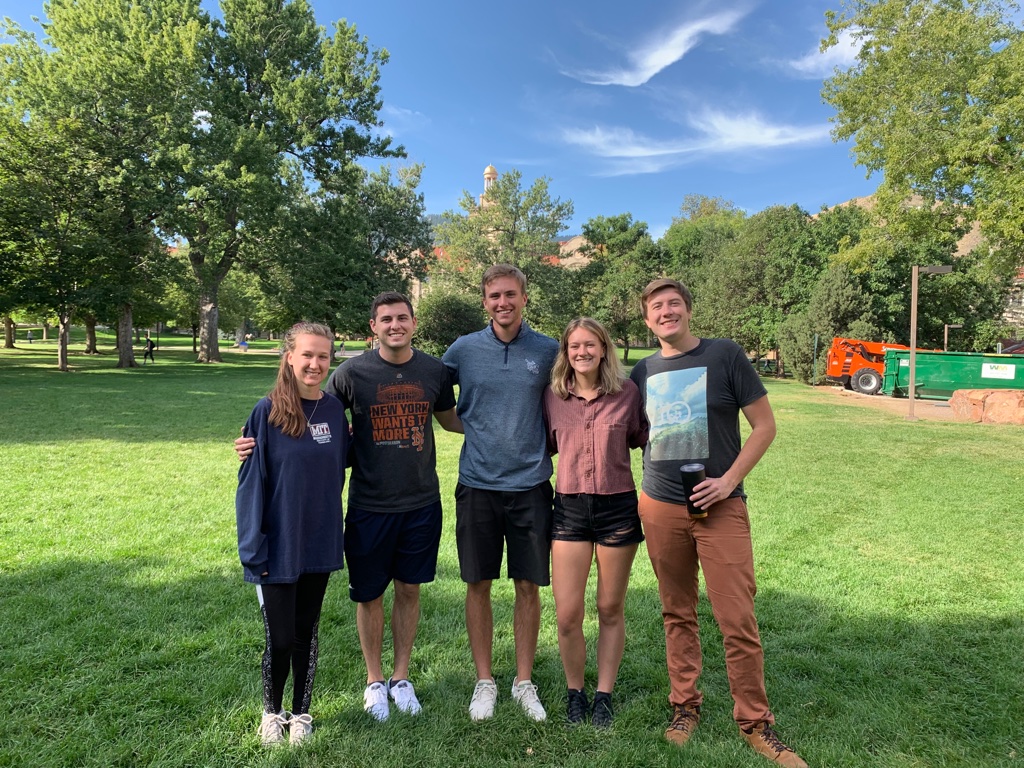 Initial data sampling results revealed that a sub-slab depressurization system will be essential to try and meet the required Institutional Controls (ICs). A sub-slab depressurization system draws air flow from under the foundation or slab of concrete and directs it outside of the building to reduce the levels of COC in the building. Sampling data will continue to be analyzed by the EPA, DOW chemical, and Jacobs engineering to better understand the impact of the observed contaminant levels found onsite.
Initial data sampling results revealed that a sub-slab depressurization system will be essential to try and meet the required Institutional Controls (ICs). A sub-slab depressurization system draws air flow from under the foundation or slab of concrete and directs it outside of the building to reduce the levels of COC in the building. Sampling data will continue to be analyzed by the EPA, DOW chemical, and Jacobs engineering to better understand the impact of the observed contaminant levels found onsite.
Confirmation sampling of the sub-slab depressurization system, installed on February 24, 2020, is recommended. Recently, the business shut down due to the COVID-19 pandemic. As a result, the confirmation sampling is scheduled for the week of May 11, 2020.
The sub-slab depressurization system has 4 fans. These fans are strategically placed in certain corners of the building to match the plume direction and size. These fans vent the VOCs from the sub-slab into the atmosphere. Other remediation options may need to be considered if confirmed sample results exceed the required ICs.
Meet the Team
Nick Angieri
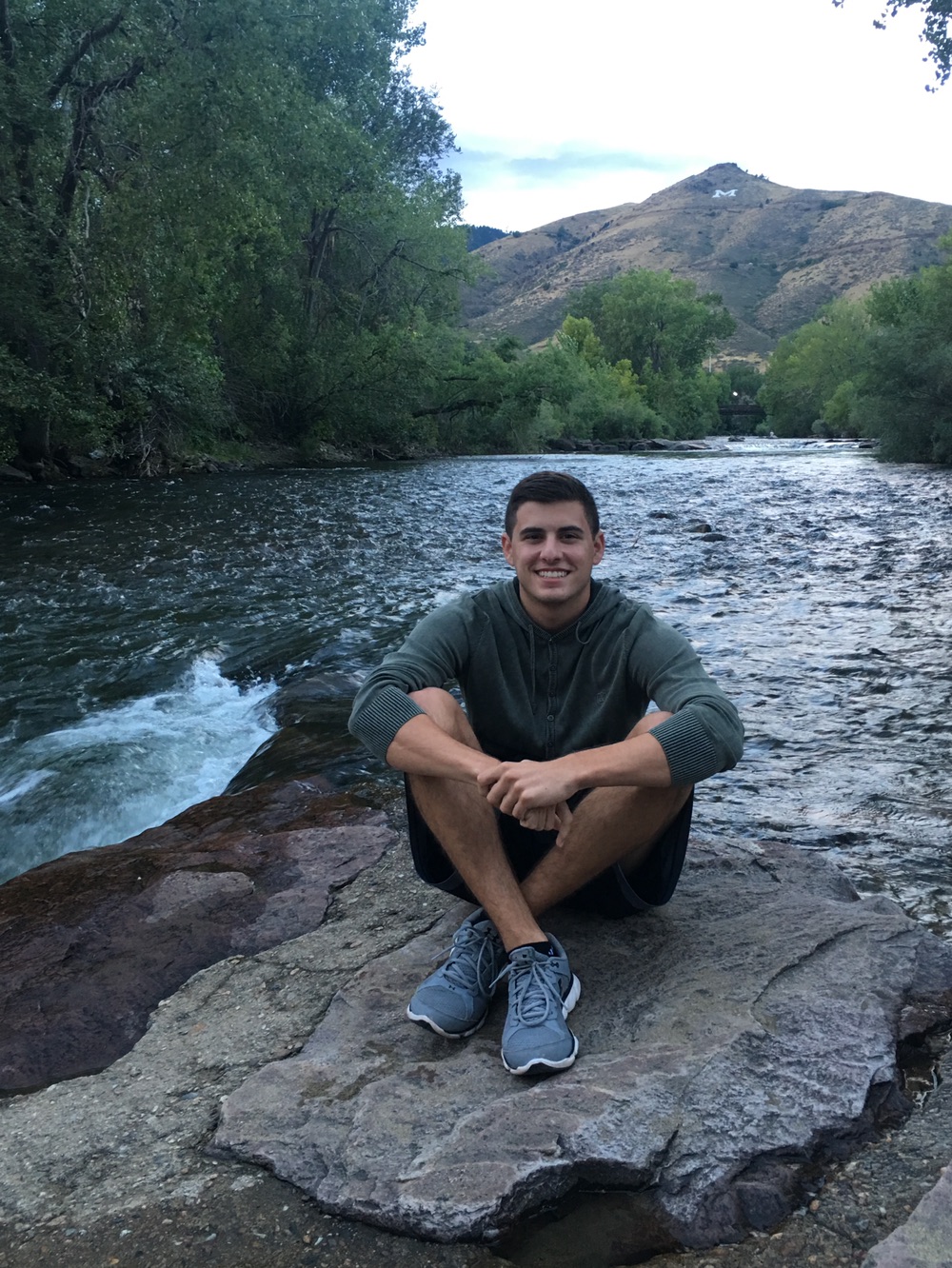 Nick is a Civil Engineering student in his senior year at the Colorado School of Mines. He is 22 years old, and is from Anthem, Arizona. Nick enjoys spending time at home with his family in their backyard pool. He loved the experience that senior design has given him. He never thought he would get to work with a government agency in his career. Nick is grateful for Mines too for shaping him into the man he is today.
Nick is a Civil Engineering student in his senior year at the Colorado School of Mines. He is 22 years old, and is from Anthem, Arizona. Nick enjoys spending time at home with his family in their backyard pool. He loved the experience that senior design has given him. He never thought he would get to work with a government agency in his career. Nick is grateful for Mines too for shaping him into the man he is today.
Nic Beno
 Nic is a Senior at Colorado School of Mines from Chandler, Arizona. When not doing school work he loves to play golf and hangout with friends. He also played for 4 years on the golf team at Mines. He is glad to have worked with such a fantastic team on this project and is grateful for the valuable experience he has gained throughout Senior Design. Nic will be attending graduate school next fall at Arizona State University with a focus in structures.
Nic is a Senior at Colorado School of Mines from Chandler, Arizona. When not doing school work he loves to play golf and hangout with friends. He also played for 4 years on the golf team at Mines. He is glad to have worked with such a fantastic team on this project and is grateful for the valuable experience he has gained throughout Senior Design. Nic will be attending graduate school next fall at Arizona State University with a focus in structures.
Olivia Hayden
 Olivia is a Civil Engineering Senior at the Colorado School of Mines. She is from Dallas, Texas. She loves the outdoors and enjoys hiking and skiing. This Senior Design project has been an amazing opportunity, and Olivia learned so much from all of the individuals who helped the team complete this project. When she graduates, she will be working as a Staff Engineer for Condor Earth Technologies located in Sonora, California.
Olivia is a Civil Engineering Senior at the Colorado School of Mines. She is from Dallas, Texas. She loves the outdoors and enjoys hiking and skiing. This Senior Design project has been an amazing opportunity, and Olivia learned so much from all of the individuals who helped the team complete this project. When she graduates, she will be working as a Staff Engineer for Condor Earth Technologies located in Sonora, California.
Taylor Kuechle
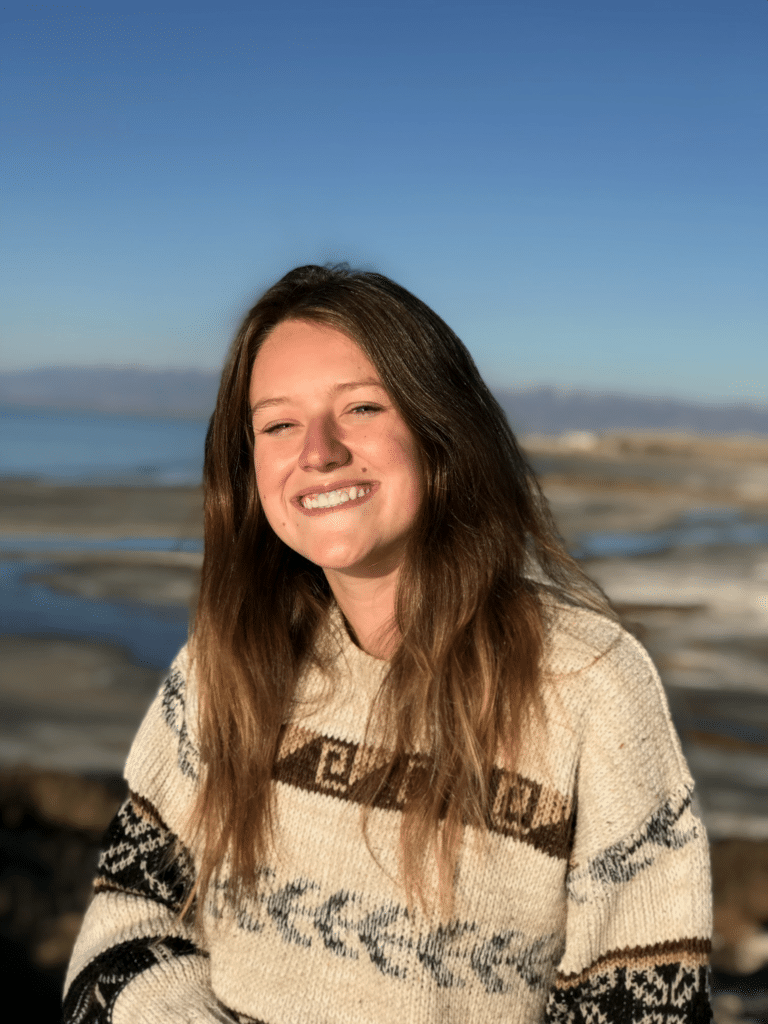 Taylor is a senior study Civil Engineering at the Colorado School of Mines. In her free time she enjoys hiking and spending time with friends and family. Originally from Mankato, Minnesota, Taylor will be moving closer to home following graduation while working as a Civil Engineer at Barr Engineering in Minneapolis. Taylor is very grateful for the valuable “real-world” experience that senior design has provided to her and the team.
Taylor is a senior study Civil Engineering at the Colorado School of Mines. In her free time she enjoys hiking and spending time with friends and family. Originally from Mankato, Minnesota, Taylor will be moving closer to home following graduation while working as a Civil Engineer at Barr Engineering in Minneapolis. Taylor is very grateful for the valuable “real-world” experience that senior design has provided to her and the team.
Jacob Limpus
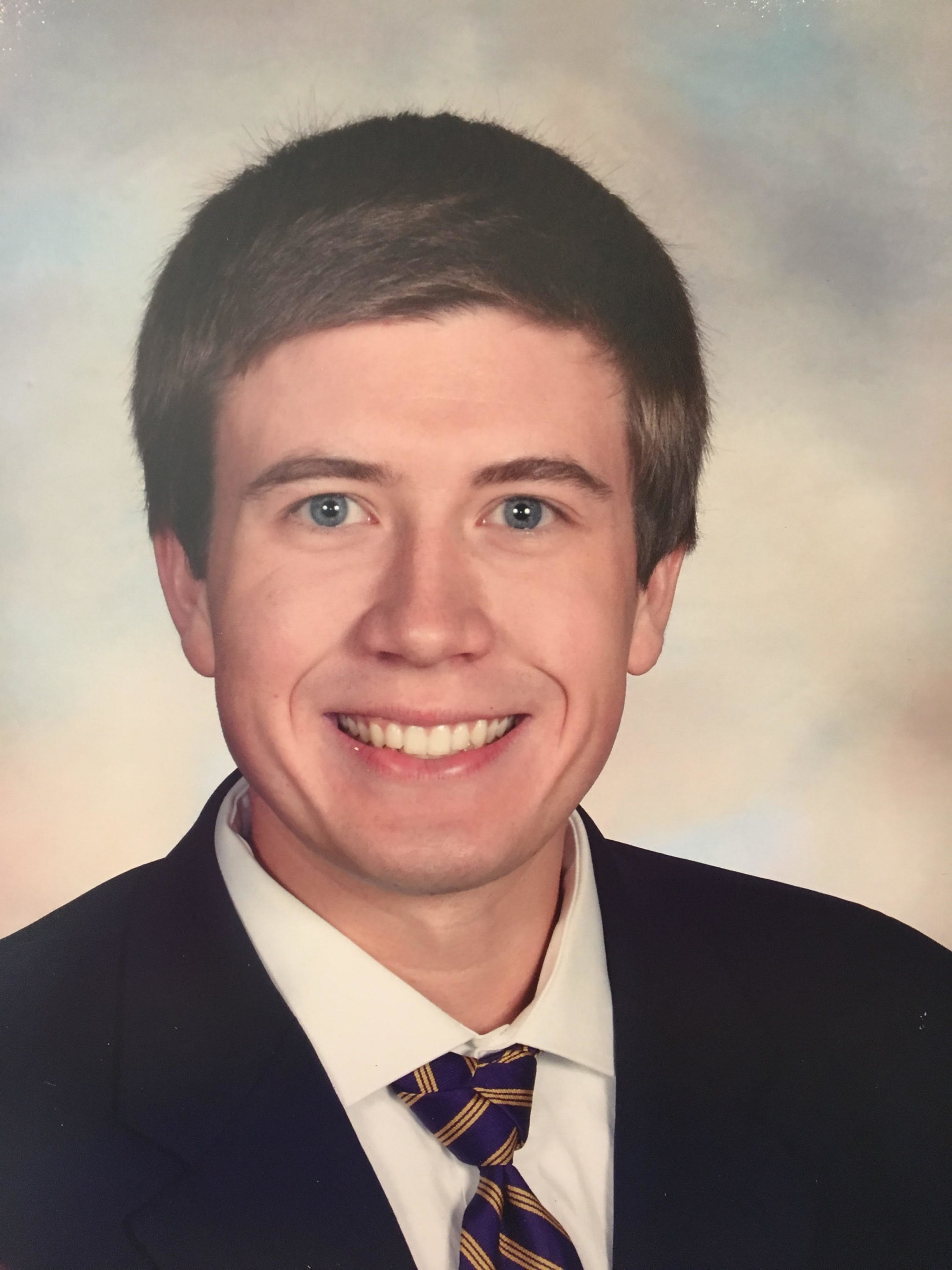 Jacob is an Environmental Engineering Senior at the Colorado School of Mines. He is 21 years old and originates from Cary, Illinois. He spends his free time playing in the Mines Symphony Orchestra and skiing. The experience Senior Design gave to Jacob was crucial for his future career in Hazardous Waste Management, as he got to work first hand with the EPA and Environmental Consultants on a superfund site. After graduation, Jacob will be working as an environmental consultant for Parsons Corporation.
Jacob is an Environmental Engineering Senior at the Colorado School of Mines. He is 21 years old and originates from Cary, Illinois. He spends his free time playing in the Mines Symphony Orchestra and skiing. The experience Senior Design gave to Jacob was crucial for his future career in Hazardous Waste Management, as he got to work first hand with the EPA and Environmental Consultants on a superfund site. After graduation, Jacob will be working as an environmental consultant for Parsons Corporation.
